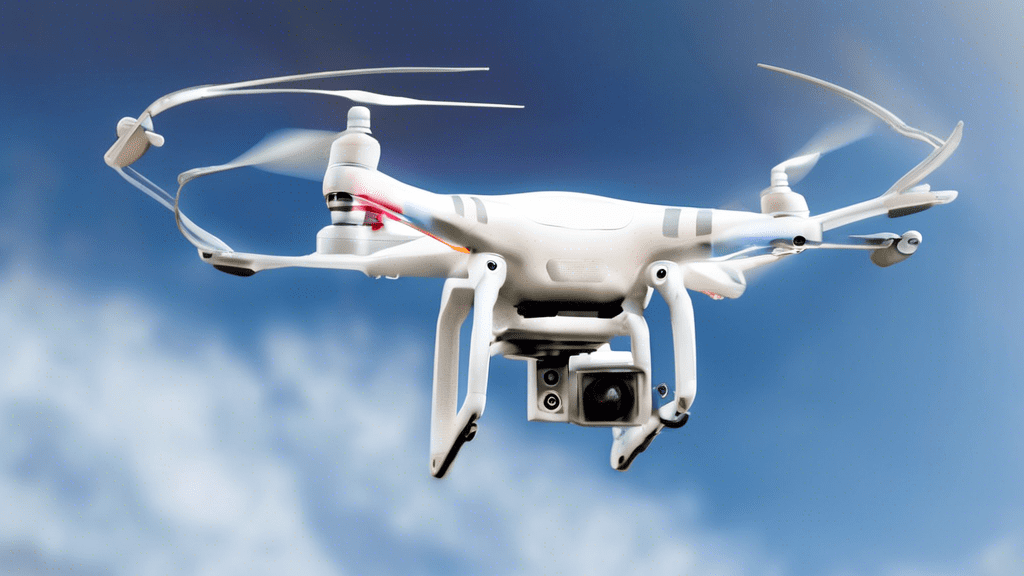Drone technology is seriously evolving, and it’s hard to keep up with all the exciting trends popping up as we move toward 2025. From autonomous flight to advanced communication networks, there’s a lot happening that could completely change how we see and use drones. Let’s dive into some of the coolest developments that are shaping the future of this tech!
Autonomous Flight: The Dawn of Drones with Smarts
One of the biggest trends in drone technology is the rise of autonomous flight. Thanks to the integration of artificial intelligence (AI) and machine learning, drones can now perform complex tasks with minimal human input. These smart little machines are getting better at navigating tricky environments, making real-time decisions, and reacting to their surroundings. Imagine a drone that can fly through a dense forest without crashing into trees! This advancement not only improves efficiency but also opens up a whole new world of possibilities for various industries.
Adding to this autonomy is the use of sophisticated sensor fusion techniques. By combining data from multiple sources, including cameras, LiDAR, and radar, drones can gain a much deeper understanding of their environment. This improved perception means they can detect and avoid obstacles like pros, making them even more reliable for tasks like search and rescue missions or inspecting infrastructure.
Collaborative and Predictive Features for the Future
Another exciting trend is the concept of swarm intelligence. Drones are not just flying solo anymore; they can work together as a team! Using AI, multiple drones can share information and coordinate their actions. This collaborative approach can significantly enhance efficiency for challenging tasks, especially in search and rescue operations where every second counts. Imagine a fleet of drones swooping in together to locate a missing hiker—how cool is that?
Moreover, with the inclusion of predictive maintenance, drones are becoming even more reliable. AI tech allows them to analyze their own data to predict when they might need repairs or maintenance before a failure happens. This means less downtime, more operations, and reduced costs for users. It’s all about extending the operational life of these flying gadgets!
Lastly, let’s not forget about the advancements in communication networks. With high-speed, low-latency systems like 5G coming into play, drones can transmit data quickly and accurately over larger distances. This is a game changer for beyond visual line of sight (BVLOS) operations, letting drones perform tasks in areas where they can’t be seen directly, such as delivering packages in rural locations or monitoring vast agricultural lands.
As we look forward, it’s clear that the integration of AI, advanced sensors, and improved communication networks is not just a trend; it’s the way of the future for drones. These innovations are paving the way for safer, smarter, and more efficient flying machines that will likely play crucial roles in various sectors—from agriculture to emergency response. Buckle up, because the sky is no longer the limit!
